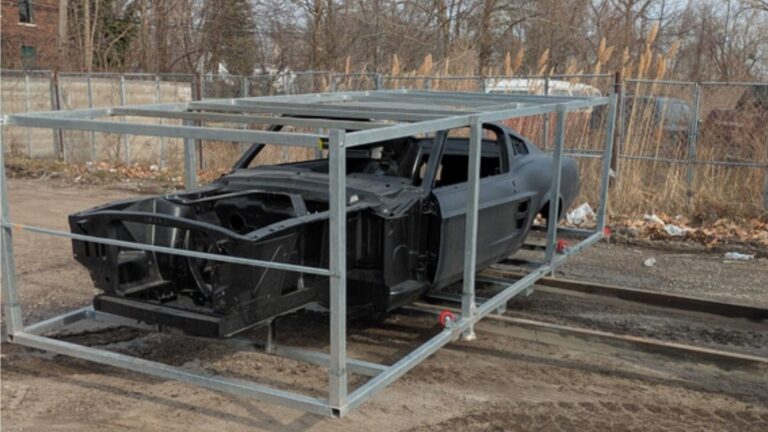
Leaving a car parked for an extended period can lead to various issues, depending on how long it remains idle. Understanding the timeline of potential problems and taking preventive measures can help you avoid costly repairs and keep your vehicle in good condition.
Within 2 Weeks
Most modern vehicles can sit idle for up to two weeks without significant issues. Components like tires, wiper blades, and suspension joints usually hold up fine in this short time frame. However, to prevent the battery from draining, it’s recommended to top off tire pressure and take the car for a long drive before parking. This step keeps the battery charged and minimizes minor issues.
1 Month
At the one-month mark, you might start noticing problems. The battery may begin losing its charge since the alternator isn’t active, potentially leading to a dead battery that might require a jump-start or replacement. Flat spots can form on tires, and while some may resolve with driving, others may become permanent. Gasoline in the tank starts to degrade, forming deposits that can affect the fuel system. Brake components may also begin to rust, resulting in creaking noises when the car is eventually driven.
3-6 Months
If a vehicle is parked for 3-6 months, more severe issues can arise. The battery will likely be completely dead, requiring replacement. Flat spots on tires may worsen, and the rubber could start to degrade. Essential fluids like engine oil, transmission fluid, and coolant may begin to break down, potentially causing damage. Pests like rodents may also infest the vehicle, damaging wiring and upholstery.
1 Year
After a year of inactivity, your vehicle could face multiple issues. The battery will almost certainly need replacing, and the tires may have deteriorated beyond use. Fluids such as engine oil and transmission fluid may become contaminated, posing risks to engine and transmission components when restarted. Moisture buildup in the gas tank can cause performance issues, and rust may start affecting brake rotors and exhaust systems, leading to more significant damage.
2-5 Years
Leaving a car unused for 2-5 years can result in substantial damage. The battery and tires will likely need replacement, and all fluids, including brake fluid and coolant, will require flushing to prevent corrosion. Rust and corrosion can spread to vital components like brake lines, suspension parts, and the exhaust system, leading to costly repairs. The risk of pest infestations also increases, potentially damaging electrical systems and the interior.
5-10 Years
If your car remains parked for 5-10 years, the consequences can be severe. The battery and wiring may degrade significantly, especially if pests have nested inside. The tires will be unsafe to drive on, needing immediate replacement. Internal components of the engine and transmission may seize due to fluid breakdown and lack of lubrication, and attempting to start the car without maintenance could cause catastrophic damage. Severe rust could affect the frame and undercarriage, compromising the vehicle’s structural integrity. Additionally, moisture, sun exposure, and pest damage can lead to deterioration of the paint, interior fabrics, and plastics, causing mold and mildew growth.
Preventive Measures
If you plan to store your car for an extended period, consider these preventive steps:
- Battery Maintainer: Use a battery maintainer to keep the battery charged.
- Tires: Slightly over-inflate tires to prevent flat spots.
- Fuel System: Drain or treat the fuel to prevent degradation.
- Covering the Car: Use a cover to protect from the elements and conduct regular check-ups.
- Routine Maintenance: Occasionally start the engine and drive the vehicle to keep it in optimal condition and reduce the likelihood of severe issues.
By taking these steps, you can help minimize damage and keep your vehicle ready for use when needed.






